Catching a bonefish or a tarpon is reward enough in itself. Both fish are elusive. Both are amongst the angling world's most impressive fighters. Both are beautiful specimens to behold. Should you, however, require additional motivation in order to land yourself on a sunny tropical flat or the bow of a skiff patrolling tarpon-friendly waters — then do it for the good of science.
The Bonefish and Tarpon Trust (BTT) currently has underway two separate, but equally important research initiatives that require the collection of genetic samples from both bonefish an tarpon. And that's where you, the angler comes in.
Bonefish are typically regarded as resident fish that traverse a relatively small range. For adult bonefish, this is mostly true. However, the fact that adult bonefish segregate into local populations doesn't tell us much about where those bonefish come from, even though it seems intuitively like it would. The reason why is that bonefish spawn in deep water, after which the larvae that hatch from their eggs drift in the open water for an average of 53 days. Whether those larvae remain in the push and pull of local currents or transported to destinations far away is largely unknown. And knowing is important to conservation efforts underway in places like the Florida Keys, where bonefish populations are diminishing.
BTT is currently in the midst of a three year program to study the origins and relationships of bonefish populations throughout the Caribbean and Western Atlantic. Driving the study are genetic samples collected via fin clips of angler-caught bonefish.
In the case of tarpon, BTT is attempting to determine whether the Atlantic tarpon population is one large, intermixed population, or many distinct sub-populations. Understanding this is key to understanding how pressure, harvest and preservation efforts in one region affect tarpon populations as a whole and thus is crucial to the development of a strong, long-term tarpon conservation plan.
Like with the bonefish project, this study of tarpon populations is driven by genetic samples. But rather than retrieving those samples via fin clippings, they are gathered through tarpon scale collection.
Kits with detailed instructions and required tools are provided by BTT free-of-charge to anglers heading out in search of bonefish and tarpon.
We'll also be providing these genetic sampling kits and collection instructions to all of the anglers on our hosted trip this February to fly fish Ascension Bay in Mexico (a few spots still available). Anglers will have the opportunity to collect samples from the seemingly countless bonefish that scour the bay's flats, or from the juvenile tarpon that patrol the freshwater channels that course through the mangrove of the Sa'an Kian biosphere preserve. Permit that are caught on the trip will also be tagged as part of BTT's "Project Permit".
For more information on BTT's bonefish, tarpon and permit research programs, visit bonefishtarpontrust.org.




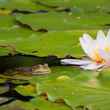
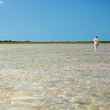





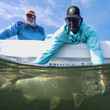


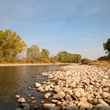
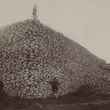



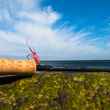










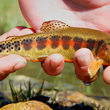
Comments
margoalice replied on Permalink
Wow that was unusual. I just wrote an extremely long comment but after
I clicked submit my comment didn't show up. Grrrr...
well I'm not writing all that over again. Anyway, just wanted to say
superb blog!
Feel free to surf to my web blog; Amazon Best Skin Creams
Pages